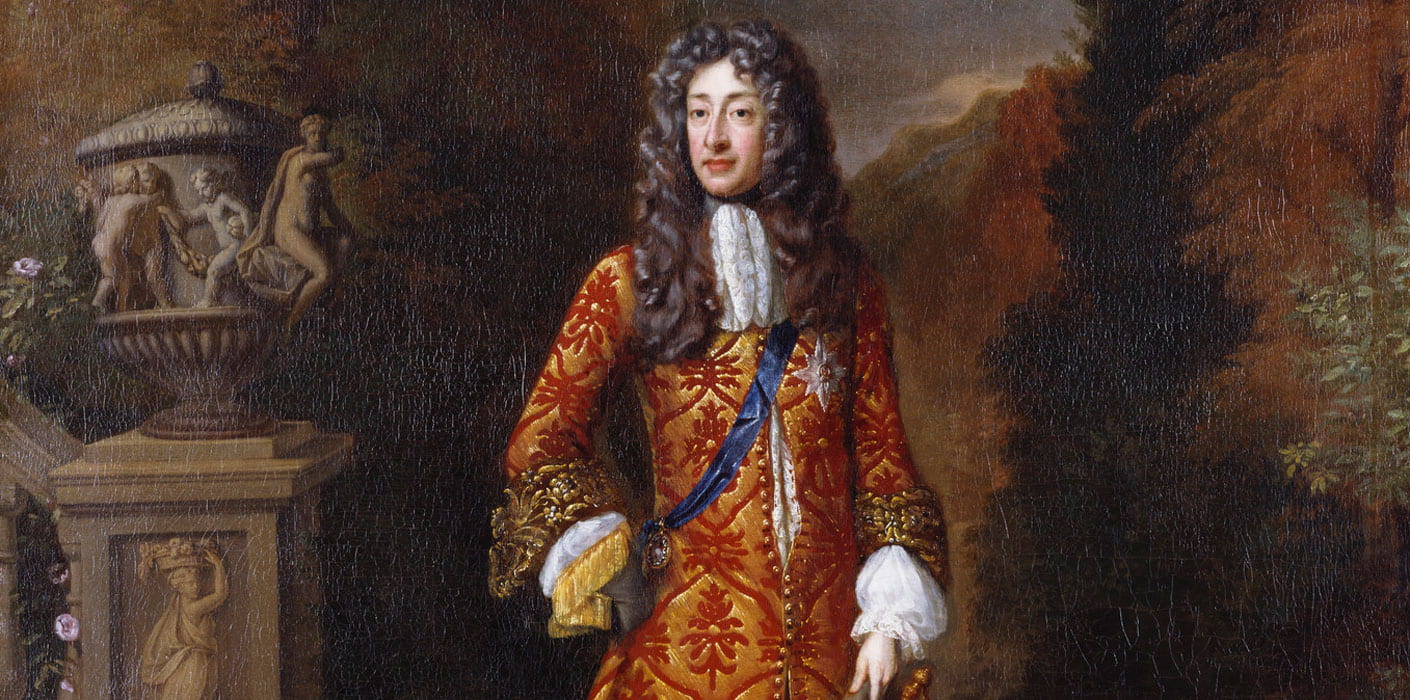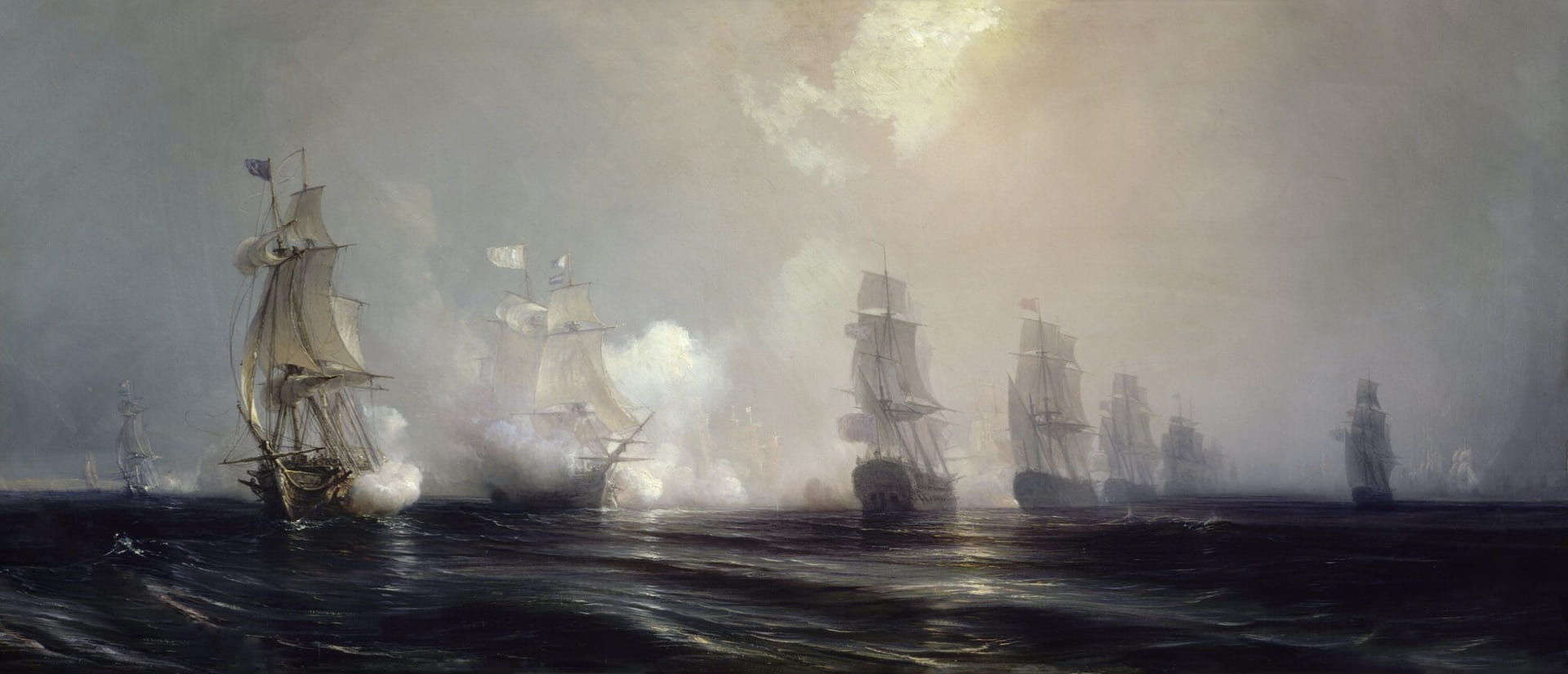Chapters
The documents in this collection are organized into chronological chapters with a thematic focus for each time period. This organization is intended to provide a narrative arc while also highlighting connections between particular ideas and debates as they intersected with, and shaped, historical events on both sides of the Atlantic.
Prologue: Iberian Antecedents
When Portuguese explorers and merchants launched the slave trade from Africa to Europe in the mid-fifteenth century, Iberian precedent already provided a host of justifications for enslavement, based in part on Roman laws concerning “just war” and the status of non-Christians…
Chapter 1: Debating Power & Empire
England’s New World empire emerged within a political, legal, and cultural context shaped not only by the peoples they encountered in the Atlantic world but also by deep contests over power within England and between England and other European countries with New World claims. As James I and his son Charles I sought to expand England’s imperial reach into the Americas, they entered a contest with Spain over those claims. That contest, in turn, intensified disputes with Parliament over the extent of the King’s power.
Chapter 2: Restoration Settlements
The Restoration of Charles II to the throne in 1660 not only restored the hereditary monarchy and the hereditary house of lords, but also led to the consolidation of hereditary racial slavery in the colonies. African slavery in the English colonies developed in part on the principle of hereditary status, which was crucial to the restoration, after which not only many political leaders but also many ordained ministers in the Church of England preached that all men are born unequal: One is born the son of a king or the son of a slave: such was the natural inequality of society…
Chapter 3: Reacting to Absolutism
As the Stuart Monarchs consolidated their power on both sides of the Atlantic, the Whig Party emerged as a new coalition party within Parliament. The Whigs viewed the Stuart monarchs as threats to the liberties of English subjects, and they increasingly attempted to limit and stymie the Stuart kings’ consolidation of power through legislation, pamphleting, and the press. The response from the Crown and its royal allies was to suppress what people could print, but even what they could say in public, including criticism of slavery. Those who sought to challenge the power of the Crown, meanwhile, deployed a variety of creative strategies to evade detection and help mobilize opposition–the beginnings of a concerted attack to tear down what the Stuarts had spent decades building up.
Chapter 4: Glorious Revolutions?
The Stuart Kings continued to consolidate power in the 1680s, forcing dissenters such as John Locke to seek exile in Holland and prosecuting others, such as Algernon Sidney, for treason. Charles II’s death in 1685 led to the accession of his brother James II to the throne. Both at home and across the expanding empire, James II’s accession set off a deep crisis. In the colonies, James II extended moves that his brother had already begun, to confiscate existing charters and to turn the five northern colonies into a government without any elected representation (the Dominion of New England). He had plans underway to create a complementary southern dominion. He also expanded slavery dramatically: the 1680s were the period of its greatest growth in England’s colonies under the aegis of the Royal African Company, which James II still headed, even while King.
Chapter 5: Whig Moments
The Glorious Revolution led in England to some basic reforms in government and some important statements of rights, especially the English Bill of Rights of 1689. With James II’s departure (and the lapse of the licensing act in 1695), the decade of the 1690s was rich with critiques of absolute monarchy and defenses of “democratical” ideals such as Algernon Sidney’s Discourses on Government and John Locke’s Two Treatises of Government, both of which would later influence the American Revolutionaries…
Chapter 6: Tory Reactions
The Whig’s moment in power was relatively brief, yet during their governance they enacted or attempted to enact sweeping policy changes for the British nation and the empire. These actions were not without protests, however, from Tory members invested financially and philosophically in Stuart policies of hereditary status and absolutism. The Whigs had a quasi-ally in William III, who implemented many of the reforms they sought. But the ascension of Queen Anne upon William’s death saw the return to, and expansion of, Stuart policies…
Chapter 7: Revolutionary Atlantics
The American Revolution would start a chain of events that reverberated not just in the British Empire, but across the wider Atlantic world. These changes would affect almost every major aspect of colonial-turned-American society, including slavery. At the same time, there was a fierce reaction against such changes in the social order, a reaction that, in the case of the federal government, became enshrined in key ways in the US Constitution.
Chapter 8: Colonial Aftershocks
The establishment of the United States marked both the launch of new notions of human rights and a competing entrenchment of hierarchical ways held over from their colonial origins. These ideas often clashed, sometimes producing compromises and other times clear winners. In the United States, the failure to resolve the issue of slavery in the Constitution left a legacy of simmering, and sometimes boiling, conflict. In addition to slave insurrections and rebellions, conflict manifested over the ability to spread abolition material and efforts to maintain the status quo.







